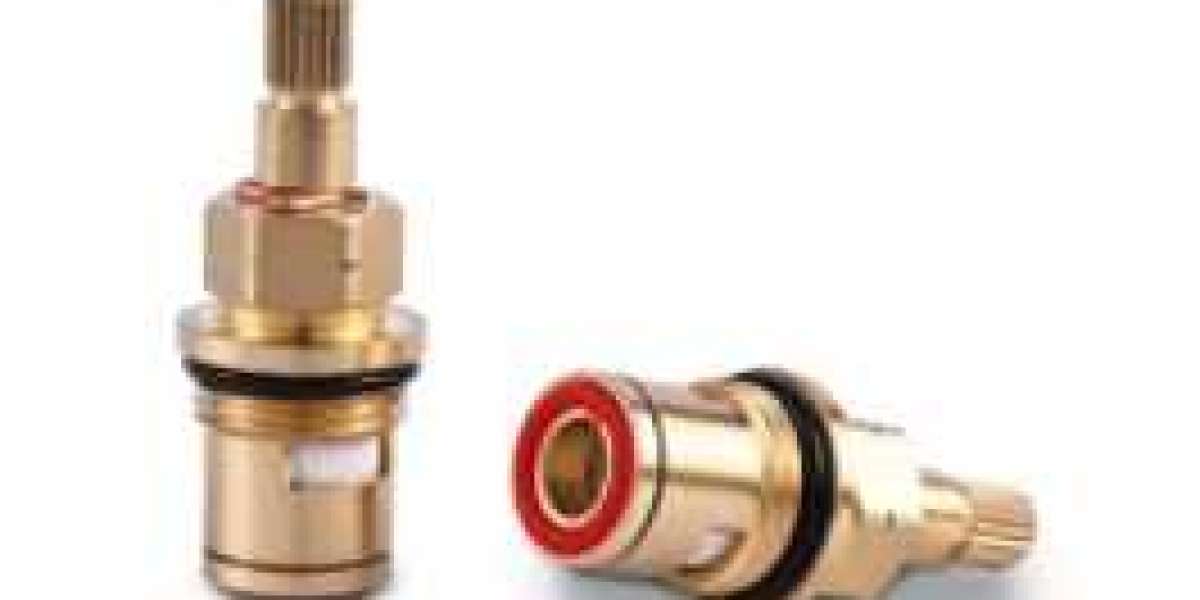The sealing performance of a valve core is a critical aspect that determines the efficiency and reliability of fluid control systems. In the context of valve technology, the ceramic valve core has emerged as a preferred choice for its exceptional sealing capabilities. This article delves into the intricacies of ceramic valve core sealing performance, exploring the factors that contribute to its superior sealing efficiency and comparing it with other materials commonly used in valve cores.
Ceramic valve cores, known for their high-temperature resistance and chemical inertness, have become a staple in industries where traditional metallic valve cores may falter. The unique properties of ceramic materials, such as their low coefficient of friction and high hardness, contribute significantly to the enhanced sealing performance of ceramic valve cores. The low friction allows for smoother operation, reducing wear and tear, while the high hardness ensures that the sealing surfaces maintain their integrity over time, even under high pressure and in the presence of abrasive fluids.
One of the primary advantages of ceramic valve cores is their resistance to chemical corrosion. Unlike metallic valve cores, which can be susceptible to corrosion by various chemicals, ceramic valve cores do not react with most substances. This chemical inertness ensures that the sealing surfaces of the ceramic valve core remain unaffected by the fluids they control, maintaining a tight seal even in aggressive environments. This corrosion resistance is particularly beneficial in applications involving acids, alkalis, or other corrosive substances, where metallic valve cores may degrade over time.
The manufacturing process of ceramic valve cores also plays a crucial role in their sealing performance. Advanced ceramic sintering techniques allow for the creation of valve cores with precise dimensions and smooth surfaces, which are essential for effective sealing. The uniformity and consistency of the ceramic material ensure that the sealing surfaces are free from imperfections that could compromise the seal. Additionally, the tight tolerances achievable with ceramic manufacturing processes contribute to the valve's ability to maintain a secure seal under varying conditions.
The sealing performance of ceramic valve cores is also influenced by their design. Modern ceramic valve cores often incorporate advanced sealing technologies, such as self-sealing mechanisms and dynamic sealing surfaces. These designs ensure that the valve core maintains a tight seal even when subjected to fluctuating pressures or when the valve is in a closed position for extended periods. The self-sealing feature is particularly beneficial in preventing leakage, as it allows the valve core to compensate for any minor wear or deformation over time.
In high-pressure applications, the sealing performance of ceramic valve cores is often superior to that of metallic valve cores. The high compressive strength of ceramic materials allows them to withstand the stress associated with high pressures without deforming or cracking. This resistance to deformation is crucial for maintaining a secure seal, as it prevents the valve core from being forced out of position or causing damage to the sealing surfaces.
The longevity of ceramic valve cores is another factor that contributes to their superior sealing performance. Due to their resistance to wear, corrosion, and deformation, ceramic valve cores can maintain their sealing efficiency for longer periods compared to metallic valve cores. This extended service life reduces the need for frequent maintenance or replacement, resulting in cost savings and increased reliability for the end-user.
In conclusion, the sealing performance of ceramic valve cores is a testament to the material's inherent properties and the advanced manufacturing techniques used in their production. Their resistance to corrosion, low friction, high hardness, and ability to withstand high pressures make them an ideal choice for applications where sealing efficiency is paramount. The design innovations and the durability of ceramic valve cores further enhance their sealing capabilities, making them a preferred option in a wide range of fluid control systems. As industries continue to demand higher performance and reliability from their valve systems, the ceramic valve core stands out as a solution that meets these challenges with its exceptional sealing performance.








